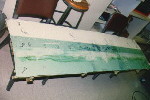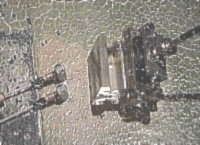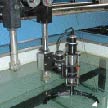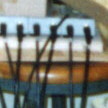
under Static & Dynamic Loads We have developed an technique for acoustic emission (AE) waveform analysis in advanced structural composites. We first studied the relationship between the surface response and microfracture modes in composite laminates to establish a theoretical background for waveform analysis of AE signals. Lamb waves produced by arbitrary internal sources in unidirectional and cross-ply composite laminates are also investigated. A mechanistic model of the acoustic emission process was then developed to unbounded unidirectional materials, and then extended to multilayered angle ply graphite epoxy composites.
The response of a homogeneous, transversely isotropic plate with the axis of symmetry parallel to the free surfaces is studied for a variety of localized sources inside the plate, such as signal force, double force without moment, single couple and double couple. We conducted laboratory experiments to validate the theoretical models. Correlation was made between the received acoustic waveform on the surfaces of a composite plate to the micro-failure mechanisms inside the plate and monitoring. The results of this research is useful in developing practical nondestructive testing tools to monitor damage initiation and evolution in composite structures.

Force Representation
for Matrix Cracking
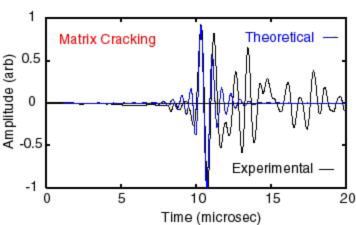
Comparison between Theoretical
and Experimental Waveform
for Matrix Cracking

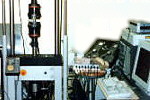
Instron with AE Instrumentation

Fracture Wave Detector used
for Detecting Acoustic Emission












